1. Moxie – Maine
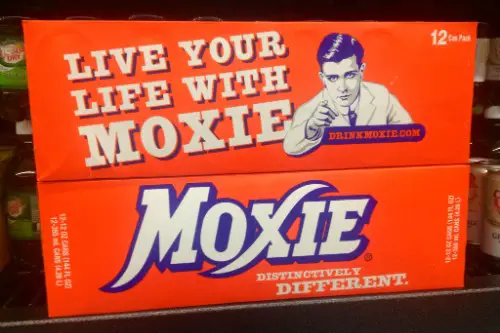
If you’ve spent any time in Maine, you’ve probably heard someone defend Moxie like it’s a beloved family member. This dark, bitter soda has a taste that’s been described as “root beer with a bad attitude” thanks to its gentian root extract. Locals swear it can “settle your stomach” or give you a boost after a long day, though medical science hasn’t exactly confirmed that. Still, it’s been the official soft drink of Maine since 2005, so it’s clearly not going anywhere.
The flavor is shockingly medicinal at first sip—more cough syrup than cola. Fans claim that once you power through the first few mouthfuls, it becomes oddly addictive. Outsiders tend to grimace, but in Maine, Moxie loyalty runs deep. It’s less about loving the taste and more about loving what it represents: stubborn Yankee tradition.
2. Cheerwine – North Carolina
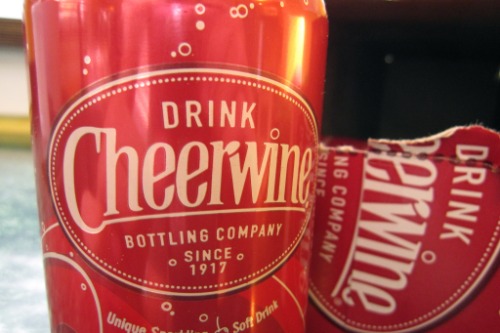
Despite the cheery name, Cheerwine is more polarizing than you might think. It’s a cherry-flavored soda that’s been made in Salisbury, North Carolina since 1917. The “wine” part is just branding—it’s non-alcoholic—but the intense cherry syrup flavor can hit like a sugar freight train. Locals sometimes suggest it for “energy” or “picking you up” after feeling run-down.
For the uninitiated, it can feel like drinking liquefied cough drops. It’s overwhelmingly sweet, with a medicinal undertone that you either love or never want to taste again. Those who grow up with it swear by its nostalgic charm and keep cases in their pantry. If you’re in the Carolinas, turning down a cold Cheerwine can feel like a personal insult.
3. Birch Beer – Pennsylvania Dutch Country
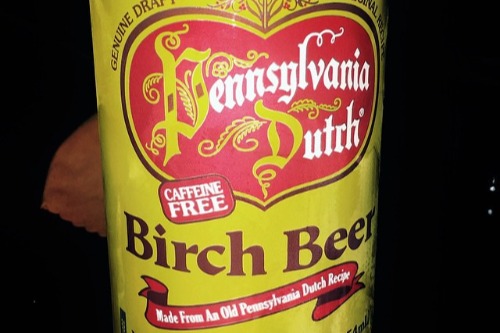
Birch beer looks a lot like root beer, but the similarities end quickly. Made from birch bark extract, it has a sharp, wintergreen-like flavor that can taste medicinal to newcomers. In Pennsylvania Dutch communities, it’s often touted as soothing for the stomach or a refreshing treat after a heavy meal. It’s been a staple at fairs and roadside stands for generations.
The first sip can feel like you accidentally licked a tree branch covered in minty toothpaste. Some varieties are red, which adds an extra layer of confusion when your brain expects cherry but gets herbal bitterness instead. Fans insist it’s refreshing once you adapt to its quirks. Outsiders, however, often need a little coaxing to finish the bottle.
4. Iron Beer – Miami, Florida
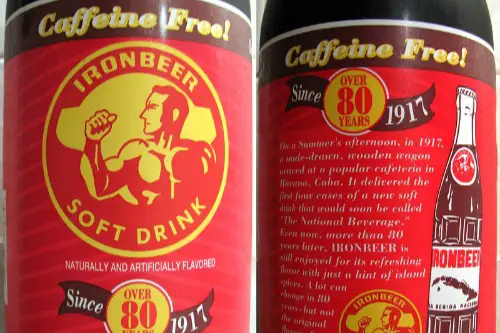
Despite the name, Iron Beer has nothing to do with actual beer—it’s a sweet, spiced soft drink first brewed in Cuba in 1917 and now bottled in Miami. Cuban-American families sometimes tout it as a stomach settler or as something that helps “cool you down” in the Miami heat. It has a mix of vanilla, cinnamon, and caramel notes that can feel oddly medicinal if you’re expecting cola. For many Miami locals, it’s a childhood staple.
The aftertaste is the real divider—it’s sweet, yes, but with a metallic tang that lives up to its name a little too well. Outsiders sometimes find it cloying and strange, like dessert that forgot to be dessert. But for Cuban expats and their descendants, cracking open a cold Iron Beer is like a taste of home. That emotional connection is part of what keeps it alive despite the niche flavor profile.
5. Switchel – Vermont
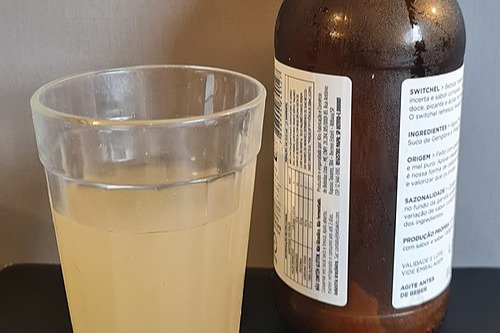
Switchel is a tart, gingery drink made from vinegar, water, and sweetener—usually molasses or maple syrup. Farmers in Vermont have been drinking it for centuries as a way to rehydrate after a day in the fields. Locals claim it’s great for sore throats, stomach upsets, and even curing hangovers. The vinegar punch is what makes it divisive.
If you’ve never had it before, the first swallow can be a shock—it’s like sweet pickle juice with a ginger kick. Some people warm to it, but others can’t get past the initial face-puckering tang. Vermont families often pass down their own recipes, swearing theirs is “the right one.” Outsiders usually have to be persuaded to try a second sip.
6. Dr. Enuf – Tennessee
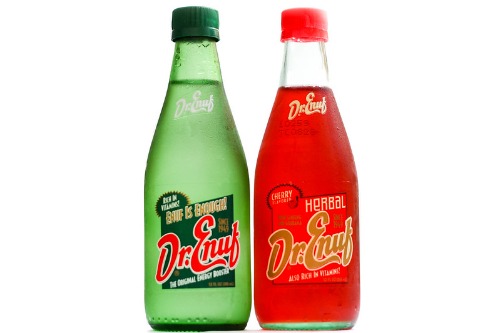
Dr. Enuf has been marketed since 1949 as a vitamin-packed soft drink, loaded with B vitamins and caffeine. In parts of Tennessee, it’s considered a cure-all for everything from headaches to fatigue. It has a lemon-lime base, but with an earthy, almost herbal undertone. Locals say it “works better than coffee” when you need a quick boost.
To the uninitiated, Dr. Enuf can taste oddly bitter for a soda, with a finish that’s reminiscent of tonic water. It’s not as sweet as Sprite, which can throw people off. The brand’s old-fashioned, almost apothecary-style marketing adds to the “medicinal” impression. Fans drink it as much for the tradition as for the taste.
7. Malört – Chicago, Illinois
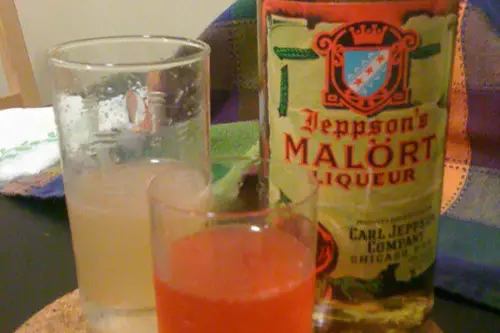
Jeppson’s Malört is technically a liqueur, but Chicagoans often treat it as a rite of passage. Infused with wormwood, it’s notorious for its intensely bitter, grapefruit-peel-meets-industrial-cleaner taste. Some locals swear it “kills germs” or “clears your sinuses” after a rough day. Bartenders love to watch visitors’ faces after the first sip.
The bitterness lingers for minutes—long after you’ve swallowed, it’s still there, taunting you. Chicagoans defend it as an acquired taste, though most admit it’s more about tradition than genuine enjoyment. Still, Malört shots remain a badge of honor for anyone wanting to prove their city loyalty. Outsiders usually vow “never again” immediately after.
8. Barq’s Red Creme Soda – Louisiana
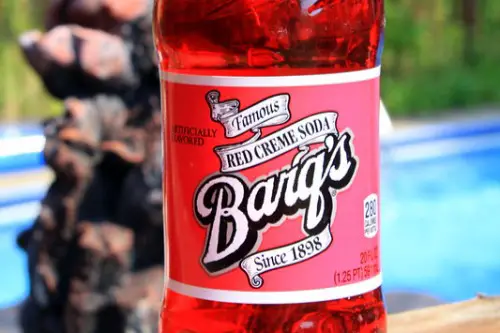
Barq’s is better known for root beer, but in Louisiana, their Red Creme Soda has its own cult following. It’s bright red, heavily sweetened, and often recommended by locals for “settling the stomach” after spicy food. The flavor is vanilla-heavy with a candy-like finish that some people find cloying. It’s been a fixture at southern diners for decades.
To outsiders, it can taste like liquid candy cane crossed with melted ice cream. The color alone can be off-putting—it’s aggressively artificial-looking. But for Louisiana natives, it’s part of growing up, often mixed with ice cream for a float. Refusing a Red Creme Soda can feel like snubbing a local handshake.
9. Beverly – Atlanta, Georgia (via Coca-Cola)
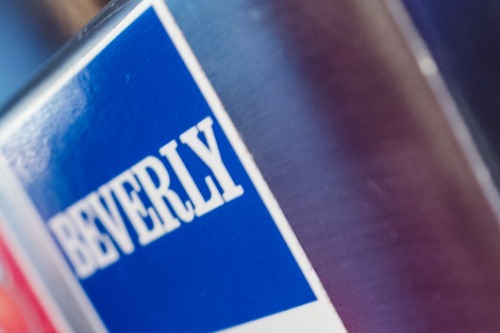
Technically an Italian aperitif, Beverly is a non-alcoholic, bitter soda once sold by Coca-Cola in Italy. You can still try it at the World of Coca-Cola in Atlanta, where it’s presented like a challenge to tourists. Locals joke that it’s the “best cure for sweet tea overload” because its herbal bitterness shocks the palate. Some claim it aids digestion.
The flavor is brutally bitter—think tonic water left in the sun. Few people make it past the first small sip without a grimace. Atlanta natives mostly enjoy watching visitors’ reactions more than drinking it themselves. Still, it’s a memorable part of the city’s beverage lore.
10. Spruce Beer – New England
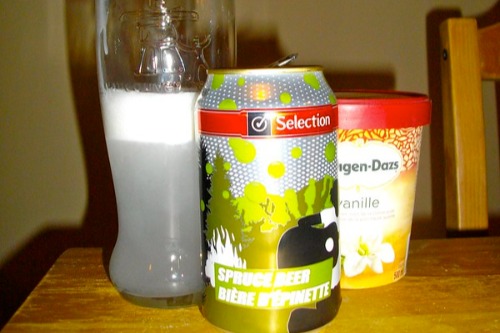
Spruce beer dates back to colonial times, when it was brewed with actual spruce tips as a source of vitamin C to prevent scurvy. In parts of New England, it’s still sold as a seasonal or novelty soda. Some older locals recommend it for colds or sore throats. The piney, resinous flavor is an acquired taste.
To a newcomer, it can feel like you’re drinking a Christmas tree. The aroma is powerful, and the taste can overwhelm after just a few sips. Enthusiasts argue that it’s refreshing and restorative once you adjust. For most visitors, one bottle is more than enough.
11. Cel-Ray – New York City
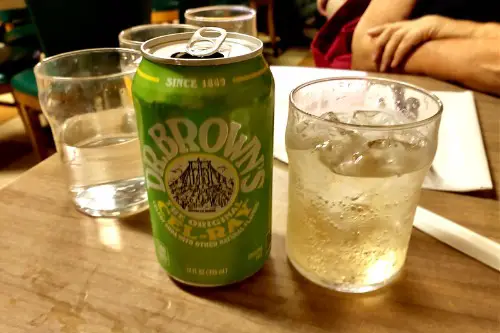
Cel-Ray is a celery-flavored soda that’s been made by Dr. Brown’s since the 19th century. It became popular in New York’s Jewish delis, where it was often paired with pastrami sandwiches. Locals sometimes refer to it as a “health tonic” thanks to its vegetable origins. The celery seed flavor gives it a distinctive bitterness.
To the unaccustomed palate, Cel-Ray tastes like sweetened vegetable soup in liquid form. The herbal, earthy profile makes it unlike any other soda. New Yorkers who grew up with it tend to defend it fiercely, often insisting you just need to try it “with the right sandwich.” Outsiders rarely reach for a second can.
12. Milk Punch – New Orleans, Louisiana
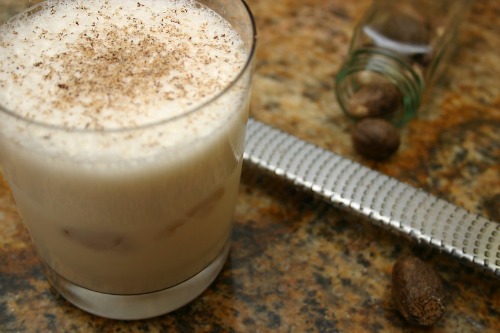
Milk Punch is a brunch staple in New Orleans, blending milk, sugar, vanilla, and brandy or bourbon. Locals sometimes claim it “soothes the stomach” after a night out. The creamy sweetness masks the alcohol enough to make it dangerous. It’s served chilled, often dusted with nutmeg.
For people who aren’t expecting it, the combination of dairy and liquor can be jarring. The texture can feel heavy, especially in New Orleans’ heat. Loyalists, however, treat it as part of the city’s culinary charm. Whether you like it or not, it’s hard to leave without at least one glass.
This post 12 Regional Beverages That Locals Swear Cure Everything but Taste Like Regret was first published on American Charm.


